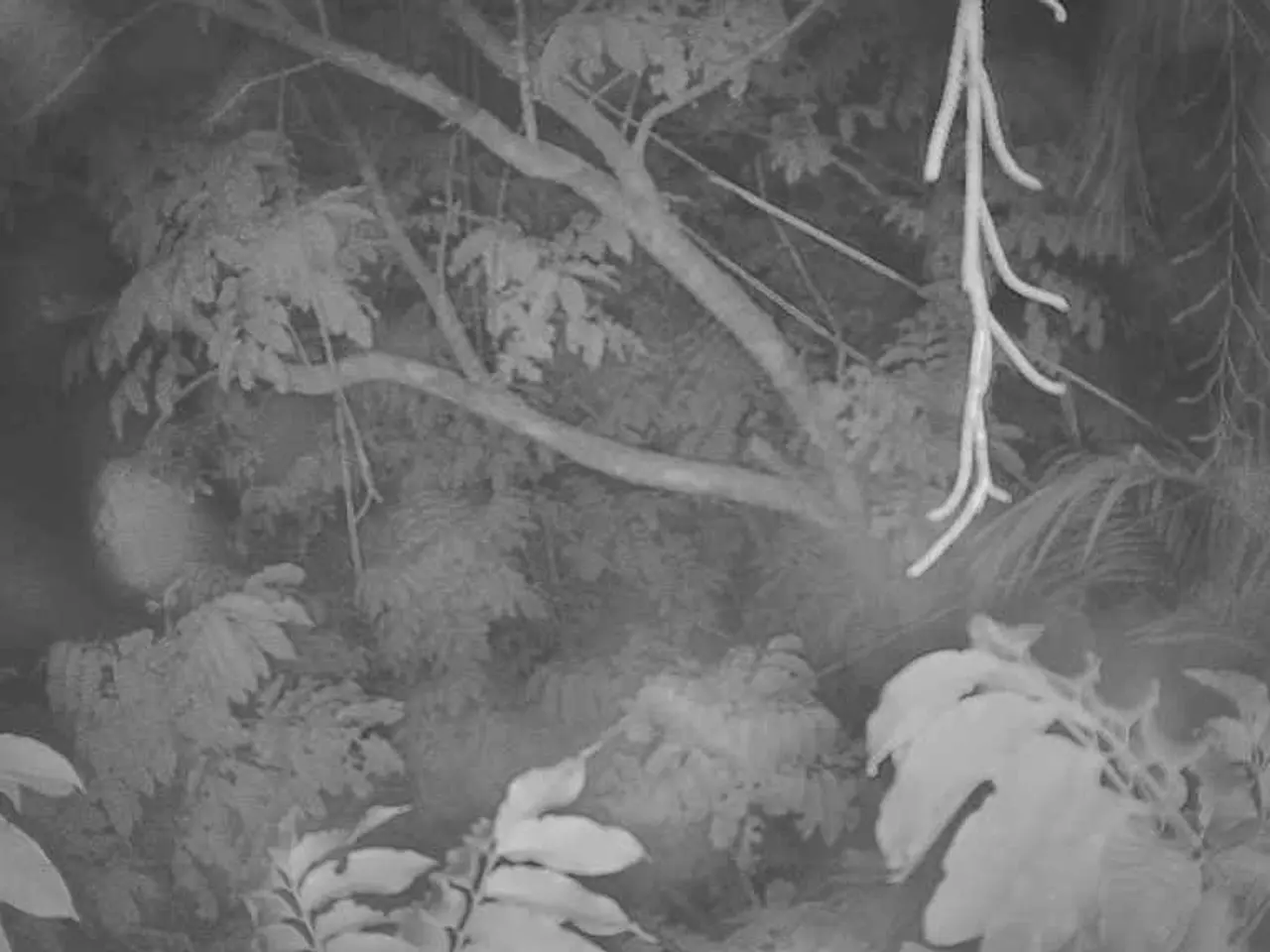Comprehensive Handbook for Novices on Cultivating Bonsai Trees
Selecting the right container is a crucial step for bonsai beginners, as it not only holds the tree but also contributes to its aesthetic and health. In this article, we will explore the key factors to consider when choosing a bonsai container.
**Size and Proportion**
When it comes to size, the container should be large enough to accommodate the root ball comfortably but not so large that it overwhelms the tree. Bonsai pots are typically shallow and wide, promoting a compact root system and enhancing the tree’s miniature appearance. The shape and style of the pot should complement the tree's style and personality. For example, rectangular or oval pots often suit conifers, while round or irregular shapes can work well with deciduous trees, enhancing their natural form. The depth of the container is usually around 2–3 inches deep for medium-sized trees, which encourages a more natural, aged look and helps control root growth.
**Drainage and Aeration**
Essential for healthy root growth, the container must have sufficient drainage holes to prevent waterlogging, which can lead to root rot. Many bonsai pots also have additional small holes near the edges, known as anchor holes, which are used to anchor the tree securely in the pot using wire, preventing it from toppling over in the shallow soil.
**Material and Origin**
Traditional bonsai pots are made from ceramic, often unglazed, which helps with moisture and air exchange. Glazed pots are also available but may retain more moisture—best for species that prefer wetter soil. Japanese Tokoname and Chinese Yixing pots are renowned for their quality and craftsmanship. While Japanese pots are often more expensive, comparable Chinese pots can be found at a lower cost and are suitable for beginners.
**Beginner Recommendations**
Beginners should start with a simple, sturdy container that fits their tree’s basic needs—proper drainage, adequate size, and enough stability. You don’t need an expensive pot to begin. Hardware or garden stores often carry suitable options for a fraction of the price of high-end imported pots. Before moving your tree to a decorative bonsai pot, consider growing it in a larger, more functional “training pot” (such as a standard plant container), especially if you’re working with a sapling or recently pruned tree.
## Summary Table: Bonsai Pot Selection Criteria
| Feature | Beginner Recommendation | Notes | |------------------------|---------------------------------------|------------------------------------------| | Size | Fits root ball; shallow and wide | Avoid oversized pots | | Drainage | Multiple drainage holes | Prevents root rot | | Anchor Holes | Present for wiring stability | Keeps tree secure in shallow soil | | Material | Unglazed ceramic | Good air and moisture exchange | | Cost | Affordable, easily available | Japanese pots can be expensive | | Aesthetics | Simple, complements the tree | Advanced styling may come later |
## Common Beginner Mistakes to Avoid
- Repotting Too Early: Resist the urge to immediately transfer a new tree into a tiny, decorative pot. Let it establish in a more forgiving container first. - Ignoring Drainage: A pot without proper drainage will quickly harm your tree. - Choosing Size Based on Appearance Only: Prioritize the tree’s health and stability over purely decorative concerns.
## Conclusion
For beginners, a suitable bonsai container should be simple, functional, and proportional to the tree’s size. Focus on good drainage, stability (with anchor holes), and affordability. As your skills grow, you can explore more specialized and aesthetically refined pots, but the fundamentals remain the same: health and stability come first.
- The size of the bonsai container should be appropriate, large enough for the root ball yet not overwhelming the tree, promoting a compact root system and a miniature appearance.
- The container's shape and style should complement the tree's style and personality, with rectangular or oval pots often suitable for conifers and round or irregular shapes working well with deciduous trees.
- Proper drainage is essential for healthy root growth, so the container should have multiple drainage holes to prevent waterlogging and root rot.
- Traditional bonsai pots are made from ceramic, with unglazed options providing good moisture and air exchange, while glazed pots retain more moisture, best for species that prefer wetter soil.
- As a beginner, it's recommended to start with a simple, sturdy container that meets the tree's basic needs, such as proper drainage, adequate size, and stability, and these containers can often be found at a lower cost in hardware or garden stores.
- Beyond the basics, consider learning about different materials, origins, and aesthetics related to bonsai containers, which can enhance your bonsai lifestyle and personal growth.
- Remember to avoid common mistakes such as repotting too early, ignoring drainage, and choosing size based solely on appearance, prioritizing the tree's health and stability.




